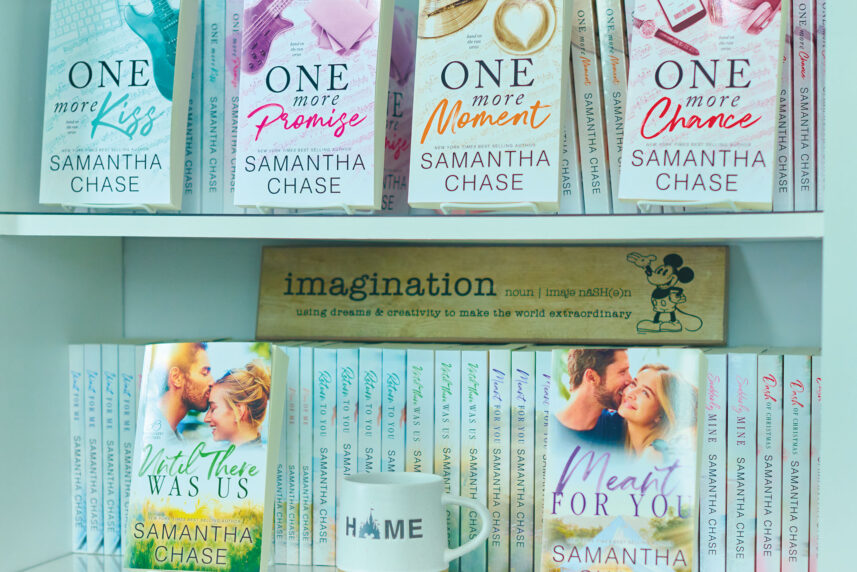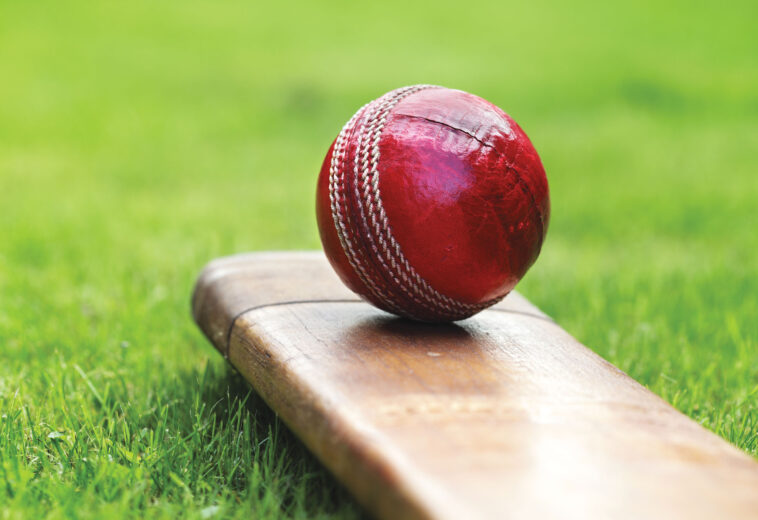Article:
Go on a summer reading adventure with local romance authors
BY DOLLY R. SICKLES
(Dolly Sickles writes romance novels under the pen name of Becky Moore)
PHOTOS BY PEYTON SICKLES (unless otherwise noted)
I was 35 when my first romance novel was published by a now-shuttered small e-book publisher in Canada. Close friends congratulated me with a healthy dose of sarcasm and sprinkling of side-eye. For one thing, romance. For another, e-books were new, and the small Canadian publisher was as believable as me telling them I’d had cocktails with the Sasquatch family across the street. But I took it in good stride because I was once like them: I sneered at the romance my mom read in the ’80s.
When I was a kid, Mom took me to the library every other Saturday. While I grabbed two or three forgettable books, she filled her canvas bag with a dozen or more romances. I didn’t get it. Then I went to college and majored in English, and read my body weight (and yours) in “scholarly” literature that makes my eyeballs melt now if I pull one off the shelf. Yet she continued to read voraciously, and I didn’t get it.
I don’t think I read any books, really, for a good five years after graduation. I was working and starting a family, and I was over my college literary approach. So, I still didn’t get it. And then the “Carolina Crusher” hit the Triangle in January 2000. I was stranded in the house with my husband, a one-year-old and 24 inches of snow. We were a week away from my mom’s birthday and I had three new romances wrapped up on the sideboard, ready for her party. I was desperate for something to do. So, after my long book hiatus, I unwrapped those books and read them all in two days. And then, I got it.
I read for the sheer joy of reading. People with harrowing journeys and family tragedies, and hopes and fears like my own, had found happiness. It was cathartic.
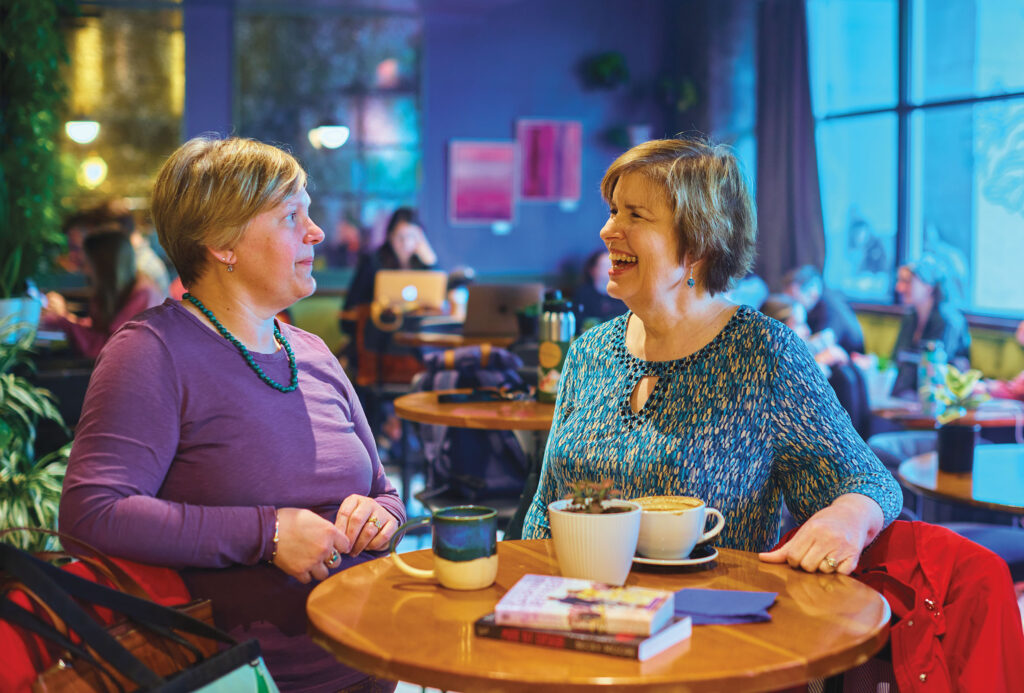
THE GENRE
Romance is genre fiction that consists of multiple subgenres. There’s contemporary and romantic suspense (my two favorites to read and write), along with historical, paranormal, romance with spiritual elements, young adult and erotic. Romance readers are legendary in their pursuit of happiness and connecting with romance authors. They’re educated, well-read, white, Black, Hispanic, Asian American, straight, male, female, bisexual, pansexual, gay, lesbian and nonbinary.
Despite its large piece of the publishing pie—including its multimedia dominance in spring 2022 with “The Lost City” at the box office and “Bridgerton” on Netflix—romance as a literary industry continues to be overlooked. Entertainment Weekly posed an interesting observation: “One typical answer to this conundrum is sexism: Female-focused content is institutionally belittled and dismissed.” It’s a short‑sighted assumption, because while most readers identify as female, it doesn’t take into consideration the fact modern romance readers and writers are no longer only represented by cishet women.
Romance Writers of America tells us the romance genre makes up 23% of the overall fiction market, and its readership is 82% female. In a December 2019 Glamour magazine article, novelist and Washington Post columnist Sarah MacLean is quoted as saying, “Whatever is going on in the world, and whatever is happening to women or marginalized people, is happening in the pages of romance novels, but with the promise that everything will be okay. That no matter how bad it gets, happily ever after will come.”
If you’re reading this essay, you are probably a romance reader. If you’re not, you can be! Every individual I listed (and also those I didn’t) is represented in the industry as an author. Could the romance industry, and publishing in general, be more inclusive? Yes! Should you read or write romance in the meantime? Yes! But don’t just take my word for it.
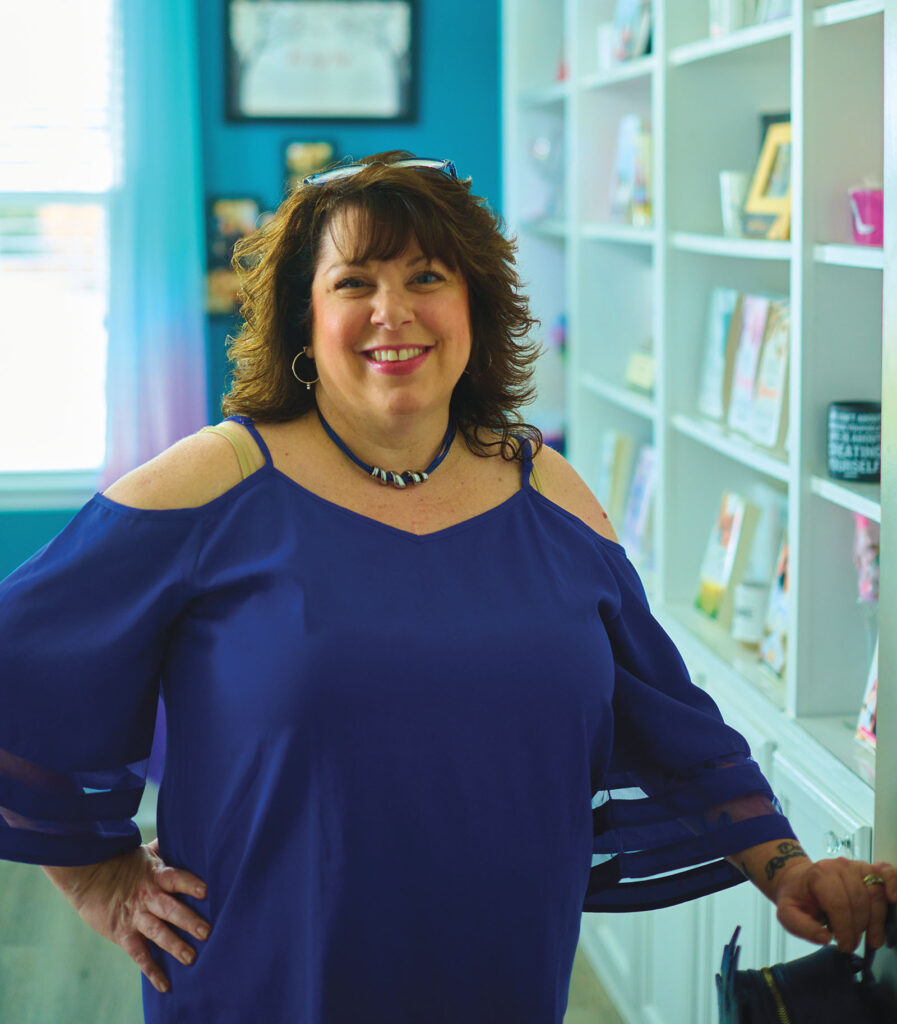
THE AUTHORS
I reached out to five romance authors who live in the Raleigh/Cary/Pittsboro area to ask them why they write in this genre. My first conversation was with historical author Sabrina Jeffries. I met her 15 years ago when I was just getting started in the industry. A friend of my mom’s who knew I wanted to learn more about romance writing told me Sabrina’s family had lived on our street during the ’70s and ’80s.
Sabrina answered: “I love the warm familiarity of romance and the way it depicts intimacy in both an understated and graphical way; and the fact that it celebrates love of more than one kind—family, friends and romantic interests.”
Contemporary author Reese Ryan has been married for 34 years and admits that relationships are hard. “They’re imperfect, and sometimes messy,” she says. “But when you find someone who is both worth it and willing to do the work, it’s a beautiful thing. So I enjoy crafting stories about flawed characters who navigate finding love while dealing with family drama, career crises and coming to terms with their own messy pasts.”
“I write romance because I believe in love as the most powerful, transformative force there is,” says contemporary author Kianna Alexander. “I write it because Black women are often told, implicitly or explicitly, that they aren’t worthy of love. I write it to spite those who say I can’t. Romance is more than just ‘kissing books,’ but even if it weren’t, it would still be just as valid and I’d still happily pen my smooching tomes.”
Spicy contemporary author Sawyer Bennett transitioned to her life as an author from a busy career as a trial lawyer. She counts among her reasons for writing romance the fact that it’s a great unifier of women. “I also love coming up with a story that involves people having significant growth journeys to reach their happy ending,” she says.
For me, romance on the page and in real life means I look for the happy, hopeful possibilities. A happy, optimistic ending in the story is one of the genre’s two elements—along with a central love story. But I also apply that optimism to life in general. I think it’s a choice, to be happy and hopeful. And it’s pretty universal in our industry.
For Kerry Adrienne, who writes paranormal and LGBTQIA+ romance, “Romance is a quiet thoughtfulness,” she says. “It’s about paying attention to the small things, and an extra effort to make your partner smile, feel safe and laugh.”
Contemporary romance novelist Samantha Chase believes “romance is all about a feeling—feeling loved or making someone feel loved.”
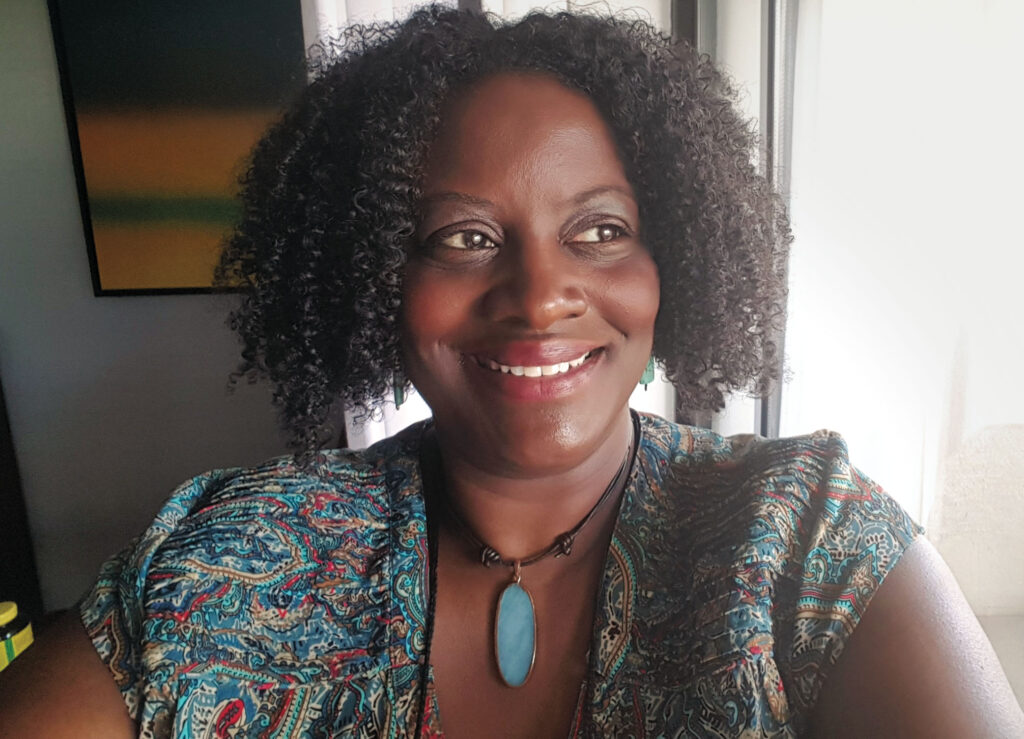
THE RESEARCH
I published four more contemporary romances with small publishers before an accident and traumatic brain injury sidelined me in 2012. In many ways, I’m back to square one, but the writing and researching experiences I’ve shared with other authors are universal.
For example, while conducting research for a Christmas novella, Sabrina got brave with a burning bowl of brandy for the Regency era-game, Snapdragon. “I wanted to use it in the story,” she says, laughing. “You put raisins in a bowl of brandy, light it on fire, and then see who can eat the most alight raisins by plucking them out of the bowl and into their mouths! To my surprise, the fire wasn’t that hot, so it wasn’t as hard as I thought. Still, maneuvering a burning bowl of brandy with raisins was not how I thought I’d be spending my Saturday.”
We romance authors are often questioned, enthusiastically, if our research is firsthand. This can result in hysterical conversations. My husband strutted around for weeks after my latest romantic suspense novel was published in 2021, because some of our new friends were certain he was the inspiration for my hero. Reese says only “dudes” ask her if her stories are written from firsthand experiences. “It’s a question they would never ask a horror writer or mystery writer.”
I laughed when Samantha described her situation so similarly to mine, because the questions always sway toward our husbands, and whether they’re the inspiration for the hero’s, uh, prowess. “My husband has asked that I never put him in a book, and we’ve had to make that point abundantly clear to his family because some of them do read my books. He wants them to know that none of the sexy stuff is based on him.”
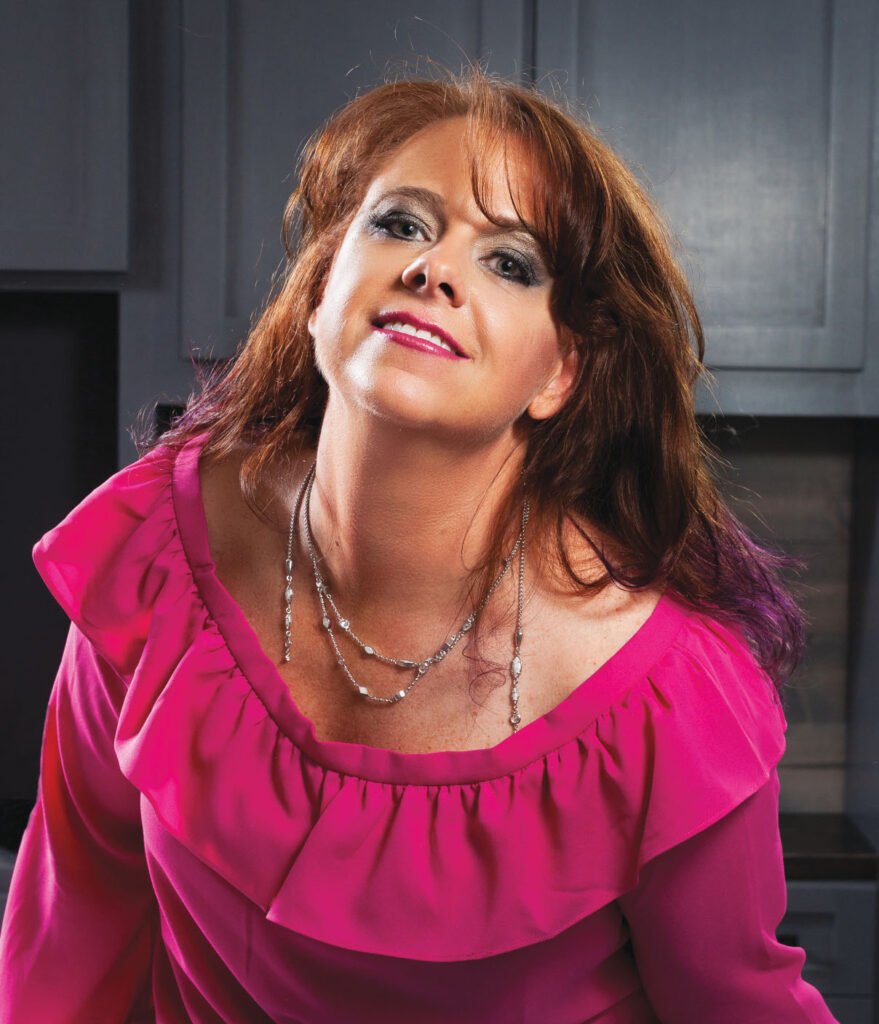
THE REVIEWS
Dabney Grinnan of Chapel Hill is publisher of All About Romance, a review site at allaboutromance.com (originally created in 1996 by Laurie Gold). Since All About Romance’s creation, over 16,000 reviews have been written by countless reviewers. (I’m one of them.) Today, the site receives over 50,000 visits per month. “It is clear to me that if I lived in New York, the heart of publishing, I and AAR would be able to have closer relationships with publishers—but I’m not sure that would be a good thing,” Dabney says. “There is something uncompromised about choosing, reading and reviewing books because they sound excellent rather than because a marketing team has pitched them to you.”
THE REWARD
Any number of powerhouse romance authors, representing a wide range of genres, are dynamos and live right here in the Triangle. Sabrina writes historical romances and is a New York Times bestselling author of more than 50 books. Reese hosts “The Story Behind the Story,” a YouTube show during which fellow authors join her for interactive discussions with readers based on a variety of topics—from writing love scenes, to the need for more books with older characters, and writing historical fiction based on historical figures.
Samantha is a USA Today and New York Times bestselling author of 95 books. “The Christmas Cottage” is now a Hallmark movie. Sawyer is a USA Today, New York Times and Wall Street Journal bestselling author. Her 100th book was published at the end of February. Kianna is an author and national speaker with over 40 titles across romance, women’s fiction and historical genres. Kerry is a USA Today bestselling author and Amazon No. 1 bestseller in gay romance and gay fiction, and counts among her honors a Rainbow Award Honorable Mention and EPIC Awards e-book finalist.
THE DREAM
I left full-time work a dozen years ago because, at the time—and before my traumatic brain injury—I had three romances and one children’s book published. I taught creative writing classes at Wake Technical Community College. I was a freelance journalist and a book reviewer. I still do all those things, and I still tell stories for a living, and I still love what I do. But as Samantha sums it up, “writing is hard.”
Today’s authors are small business owners and experts in the industry. All six of us are hybrid authors, meaning we’re traditionally and self-published. Some of us self-published from the get-go. Some of us self-publish books that roll off contracts once the rights revert to us. Some of us are with big publishers. Some of us are with small “indie” publishers. Some of us publish in hardback. All of us publish in paperback and digitally; and all of us are experts in marketing, merchandising, editing and touring. We pay our taxes and must think about survivor rights for our works after we’re gone.
“Being an author was always my dream, but I had no idea [about] all the work that goes with it, whether you’re traditionally published or independent,” Samantha says. “So, when people hear what you do and say things like ‘Oh, maybe I should write a book,’ it leads me to believe they think this is easy. It’s rewarding and can definitely be fun, but trust me, it’s exhausting—both mentally and physically. Still, I wouldn’t trade this career for anything. I know I’m blessed to have this success, and I’m thankful for it every day.”
NEW RELEASES
Check out the latest romance novels by the authors featured in this essay.
“Fae” by Kerry Adrienne, kerryadrienne.com
“Can’t Let Her Go” by Kianna Alexander, kiannaalexanderwrites.com
“Cannon” by Sawyer Bennett, sawyerbennett.com
“Tempt Me” by Samantha Chase, chasing-romance.com
“What Happens in the Ballroom” by Sabrina Jeffries, sabrinajeffries.com
“Mine By Design” by Becky Moore, beckymoore.net
“Return to Hummingbird Way” by Reese Ryan, reeseryan.com
WHAT ARE ROMANCE AUTHORS READING?
The authors featured in this essay are currently reading these books:
“Wellington’s Spies” by Mary McGrigor
“The Family You Make” by Jill Shalvis
“To Catch a Raven” by Beverly Jenkins
“Single and Ready to Jingle” by Piper Rayne
“The House at the End of the World” by Dean Koontz
“Oscar Wilde: A Life” by Matthew Sturgis
“Lady in Waiting” by Anne Glenconner
“What You Are Getting Wrong About Appalachia”
by Elizabeth Catte
“Hello Beautiful” by Ann Napolitano
“Reverb” by Julie Kriss
“Cruel Seduction” by Katee Robert
